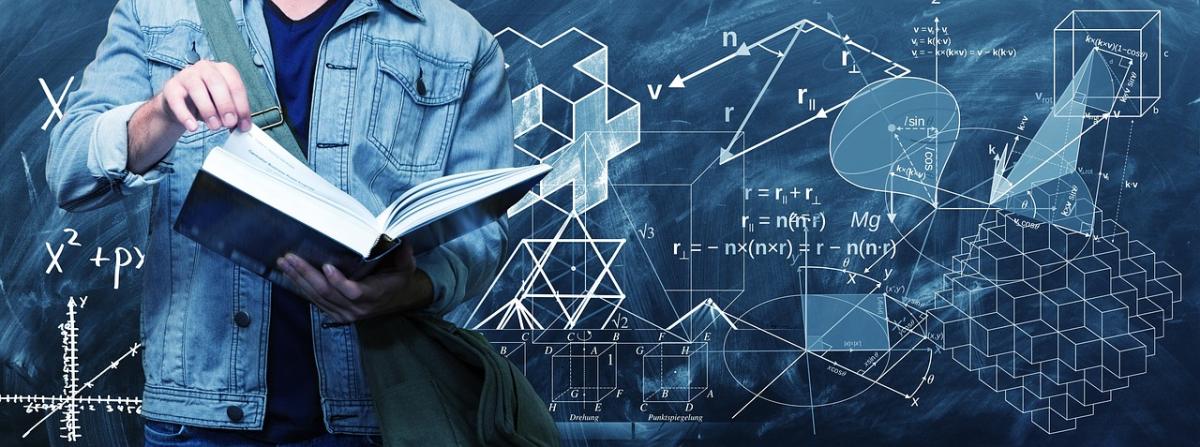In this lesson, students will understand the impact of oil spills in the ocean. They will work cooperatively to come up with solutions and materials to clean up a simulated oil spill. Students will
The purpose of this lesson is to introduce and apply the concept of frequency. Students will begin by a motivating “click the mouse” challenge. This will help them to develop the concept of frequency
This lesson is an introduction to Tangible Coding and Sequencing to model the flow of an ecosystem. This is a hands-on way to incorporate coding and robots with life science concepts. This is a 2-part
This is part of an introduction to EdScratch using Edison Robots. Students will model the flow of an ecosystem. This is a hands-on experience for students to explore life science concepts using
This lesson is about Rapunzel who wants to get down from her tower and explore the world. As engineers, you have to build her a structure to escape safely. This is a fun hands-on activity for students
Students use large building bricks to practice computational thinking, direction giving and being specific in those directions. This lesson can be completed in one 30-45 minute class session. This is
This lesson is based on a Navajo Story: "The Three Little Sheep". The story connects to the famous, "The Three Little Pigs". Students become engineers and create different dwelling models: a grass hut
Students will read an article about new innovative inventions. Students will research an issue they care about. Some examples would be climate change, trash, world hunger, forest fires, pollution, etc
Students will participate in a hands-on scientific experiment that addresses the question: "Can you grow plants without seeds?" To further explore this concept, students will actively listen to a read
Students will discover: What will happen if animals are eliminated in ecosystems and food webs?
This lesson, adapted from NOAA, focuses on tides. Students pretend to be a ship captain delivering materials to a construction company. However, their ship must go under a bridge. Students must find
Students will investigate the difference between amplitude and frequency to see which one transfers more energy. Students will collect data, graph their data, and complete a written conclusion.
Within eight 60 minutes class periods Design a native, pollinator friendly garden with the help of a local gardener/master gardener. Students work together to create a classroom garden, monitor plant
Students will be learning about adaptation. Students will participate in a project where they will see if seeds can grow in a bag without soil and natural sunlight. They will also compare and contrast
What if we could pass along information that can’t be stolen or intercepted? We can do it with a little coding, and some chemistry! Soon we will be writing in code, passing secret information along
This lesson is about basic school/home gardening. The lesson involves Science, Math, Technology and Engineering content. Students will be taught how to make basic gardens. They will need seeds, garden
This STEM lesson combines Math, Science and a bit of Engineering. Students will walk through the process of raising chicks to hens. Using pretend chicks and research to collect data about how they
In this lesson plan the students learn to design, construct and determine weight loads capabilities for their project.
Transportation 2043 - In 20 years time, how will you move within a city, how will you transport between major urban areas? Will you use High Speed Rail, a Hyperloop, Driverless Vehicles, eVTOLs
Students will compare two non-fiction texts about the Mars Rover, Opportunity. They will then use their knowledge of Computer Science and coding to develop a code instructing a robot to traverse an
Students will use solar panels to convert solar energy into electricity. This solar energy is transmitted through cables to the motor and then to the fountain. The fountain pressure increases and
Featured Lesson Plans
Check out these notable lesson plans.

Using Stop Motion Animation to Show Step-by-Step Instructions and Solve Real World Math Problems
Stop motion is a great way for students to slow down working through the steps in math to demonstrate their understanding of math concepts. Students can film a short story or step-by-step instructions

By creating a stop motion animation, students will gain a deeper understanding of how landforms develop, are weathered, and erode. This is an engaging way to help infer the history of the current

This STEM project allowed students to embark on an exciting journey of entrepreneurship with "Ride to Success." In this immersive STEM lesson plan, students will not only learn the ins and outs of


